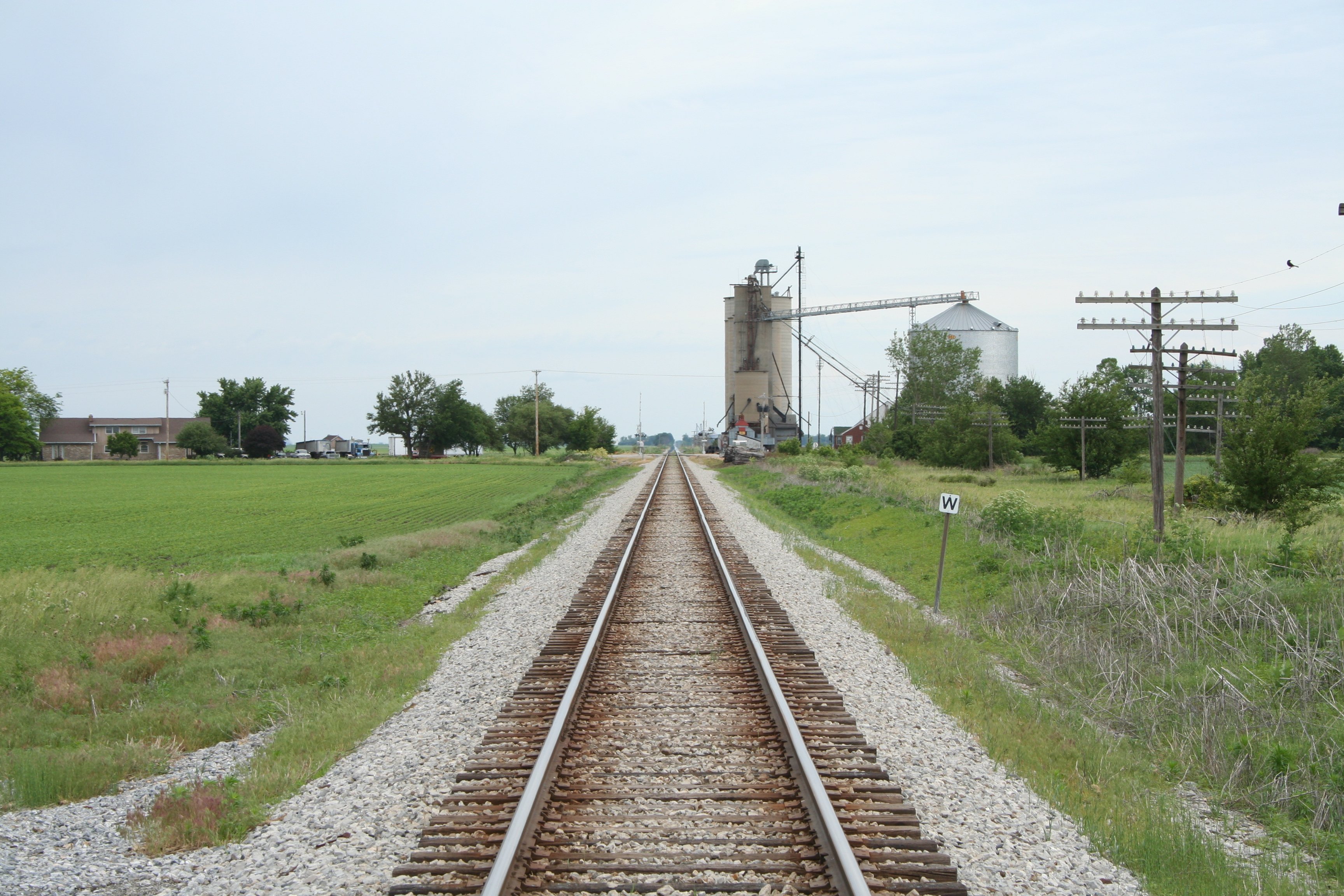In addition to the aside about kind words of the post it notes in the girls bathroom, I have found some other little pieces of non- academic writing and rhetoric in my dorm building again.

San Filippo second floor door knob
These notes left behind weren’t as pleasant then the ones featured in my the post that this is a continuation of, but nevertheless, they are words that are to be read by students at SCU. Tied on the doorknob with twine was three small strips of paper that have facts and statistics about inequality.
The one in the photo reads, “The median net worth of white households in 2009 was $133,149, over 20 times the median net worth for African American households ($5,677) and 18 times that of Hispanic households ($6,325).”
Another factoid offered wrote:
“The one percent has 35.6 percent of all private wealth, more than the bottom 95 percent combined.”
Although these notes are scattered around they certainly have a vey different message than the kind words of encouragement that were places– and still are on– then mirror in the ladies room. These examples of rhetoric are used as food for thought and to possibly start a conversation about inequality. While it is notable to mention that these notes are a good way to read an unpleasant fact, I don’t think that social inequality will be solved from notes on a doorknob.
But what this does, it allows for students to enter the “conversation” of inequality with the use of these shocking facts that are offered to the residents of San Filippo.
This example in contrast with the sticky notes on the mirror demonstrate another aspect of what is important to some of the students at SCU. Lessons of inequality were seen as important to share and those lessons were distributed in an informal yet impactful way that gets people thinking outside of the classroom.
Until next time…







































